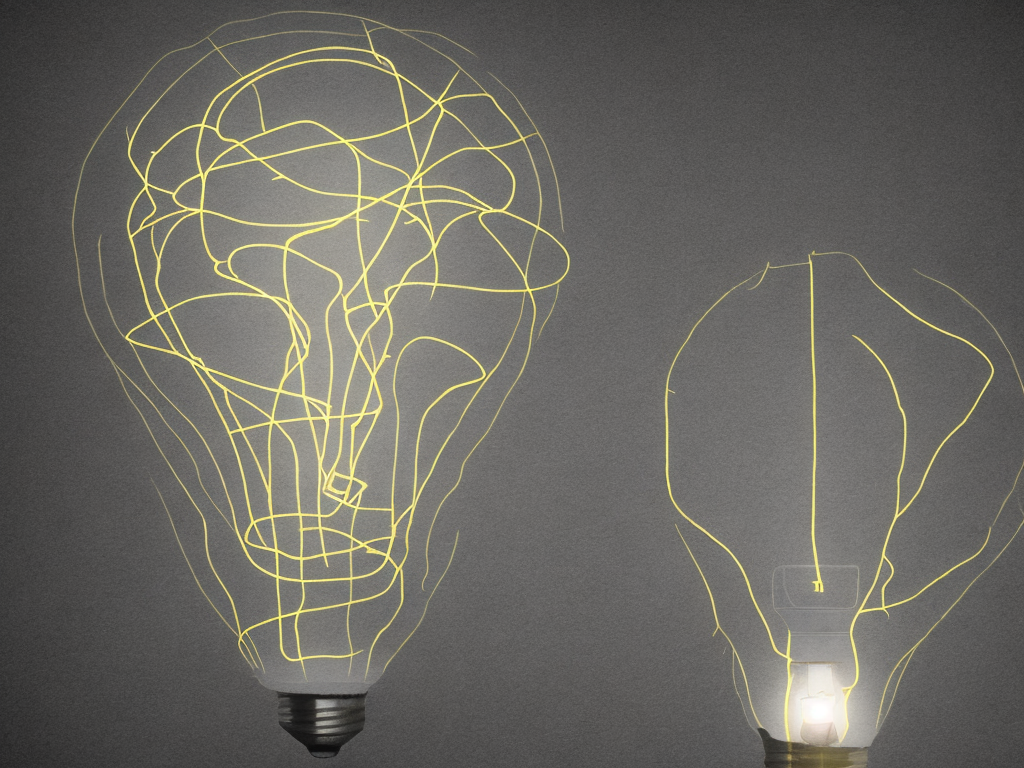
Direct current (DC) refers to an electric current that flows in a single direction through a conductor. Unlike alternating current (AC), which periodically reverses direction, DC maintains a constant polarity. The frequency of a direct current is zero since it doesn't have any periodic variation. As a result, DC is typically expressed in terms of voltage or current strength rather than frequency.
The frequency of a waveform is a measure of how often it repeats in a given unit of time. In AC circuits, the frequency of the voltage or current alternates between positive and negative values at a fixed rate, which is measured in hertz (Hz). For example, in a 60 Hz AC circuit, the voltage alternates 60 times per second.
DC, on the other hand, does not alternate, and therefore has no frequency. With DC voltage, the electric charges flow in only one direction. This electric charge moves like a particle through a circuit where it is propelled by a difference in electrical potential or potential difference. This propulsion generates the electric current that flows through the circuit.
Direct current can be generated by a variety of sources, including batteries, solar cells, and rectifiers. Batteries are a common source of DC power for portable electronic devices and automobiles. Solar cells also produce DC power from sunlight, which can be stored in batteries or converted to AC using inverters.
Rectifiers are devices that convert AC power to DC. They are commonly used in electronics and power supply systems that require DC voltage. One example of a rectifier is a diode, which allows electric current to flow in only one direction.
The absence of a frequency in DC power is one of its advantages over AC. Because it is a constant voltage or current, it does not suffer from the capacitive or inductive reactance issues that AC systems do. DC power is more efficient than AC power for many applications because it reduces energy losses due to resistance and other factors. Converting AC power to DC can also be more efficient than step-down transformers that convert high-voltage AC to low-voltage AC.
While DC power has many advantages, it also has some drawbacks. In particular, it cannot be easily transformed to higher or lower voltages like AC power can through the use of transformers. This makes it less suitable for long-distance transmission of power. Additionally, batteries and solar cells can be expensive or difficult to scale up for large-scale power generation.
In conclusion, the frequency of direct current is zero because it is constant and does not alternate in direction. Although it has some limitations, DC power is used in many applications, from portable electronics to renewable energy sources. Its efficiency and reliability make it an attractive alternative to AC power for some applications.
 Self-Instruct
Self-Instruct